March in Japan means winter is finally letting go, and spring is slowly taking over. The north still has bits of snow, but in the south, the first cherry blossoms are already popping up. The weather is all over the place—chilly in the mornings but warmer in the afternoons—making it a fun time to be outside. Everything feels fresh and new, and there’s a lot to see and do.
The first hanami (flower viewing) gatherings start in March, with people heading to parks to see the early blossoms. It’s the perfect excuse to chill under the trees with snacks like sakura mochi and hanami dango.

March 3rd is Hinamatsuri, or Doll’s Festival, a special day where families set up beautiful dolls to wish good luck and happiness for girls. It’s one of those small but meaningful traditions that make Japan feel extra special in spring.
The weather is getting nicer, but the big tourist crowds haven’t arrived yet, which makes March a great time to explore. Famous spots like Mount Fuji and Kyoto’s temples are still peaceful, so you can enjoy the views without feeling rushed. The mix of winter and spring also means you can still go skiing up north or enjoy cherry blossoms in the south, all in the same trip.
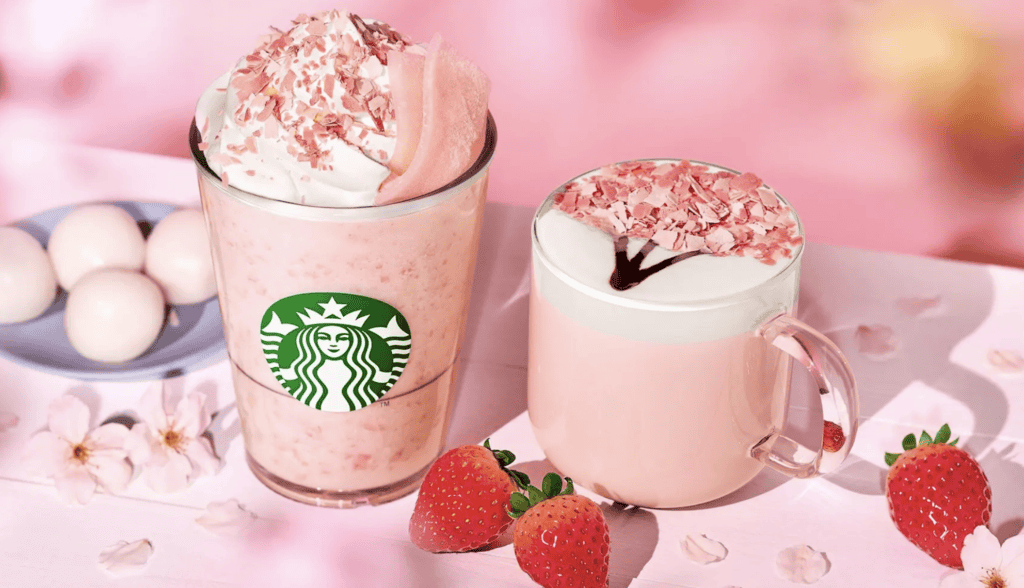
And of course, there’s the food! Spring flavours start to show up, with fresh veggies, seafood, and cherry blossom-themed sweets everywhere. Cafes bring out limited-edition treats, and even simple meals, like a bowl of sakura udon, feel extra special.
March Events and Celebrations
Hinamatsuri: A Celebration for Girls
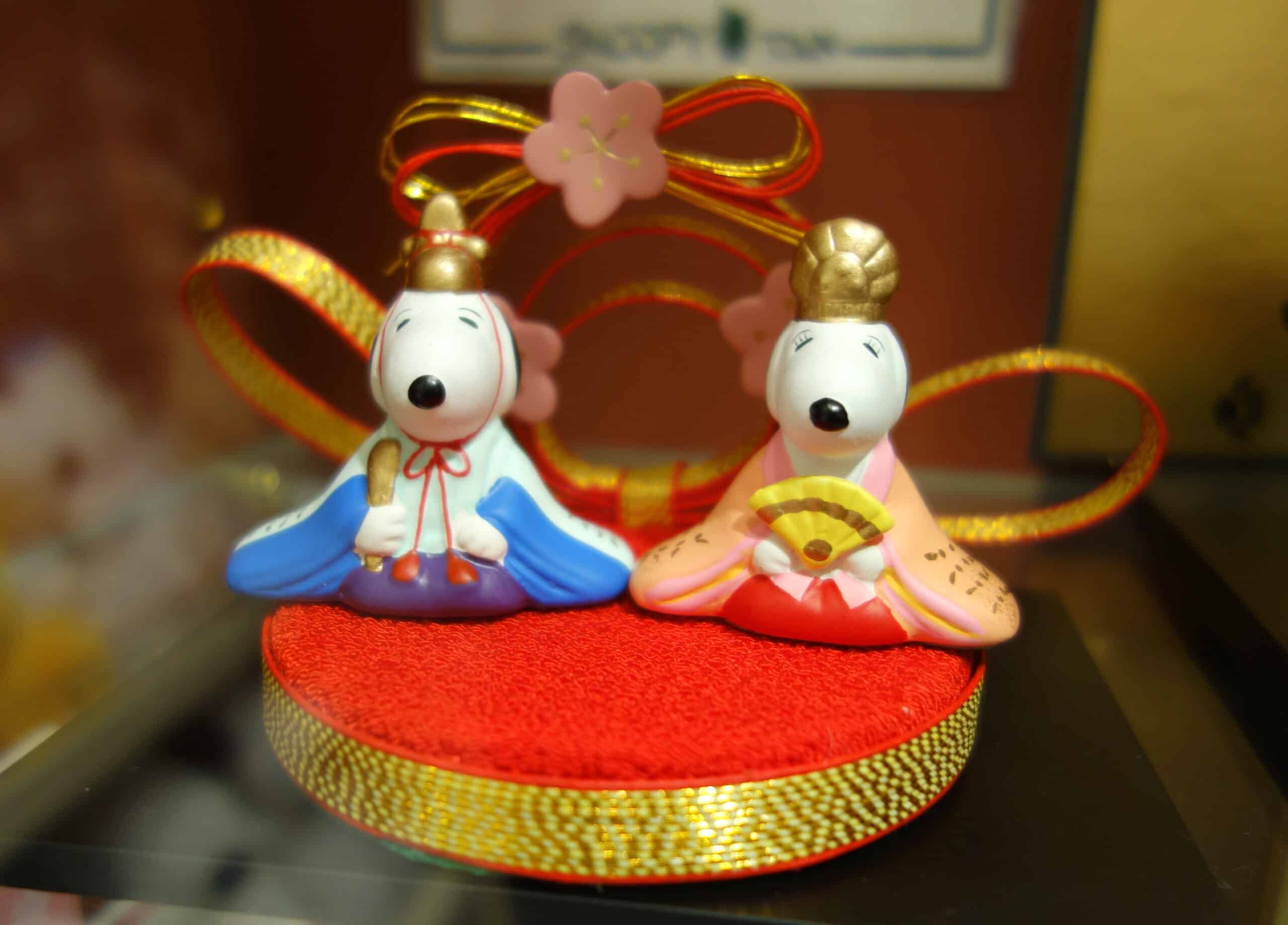
March 3rd marks Hinamatsuri, or Girls’ Day, a festival dedicated to wishing happiness and good health for young girls. Families with daughters set up elegant displays of hina ningyō—beautifully dressed dolls arranged on tiered platforms—representing the imperial court. These displays range from simple, single-tier setups to elaborate collections featuring miniature accessories, furniture, and even tiny feast settings.
While Hinamatsuri is mostly celebrated at home, some shrines and public spaces showcase massive doll displays for everyone to enjoy. In cities like Kyoto and Tokyo, you might find special exhibitions featuring rare and historical hina dolls.

It’s also a time for seasonal treats like hina-arare (colourful rice crackers) and shirozake (sweet, non-alcoholic sake). Some restaurants and cafes even offer special Hinamatsuri-inspired desserts, making it a fun excuse to indulge in something sweet!
White Day: The Sweet Sequel to Valentine’s

If you thought Valentine’s Day in Japan was all about chocolates, March has a follow-up—White Day on March 14th. This is when men return the favour and give gifts to the women who gave them chocolates on Valentine’s Day.
But instead of just chocolates, White Day gifts can be a little extra—think fancy sweets, jewellery, or even plush toys. There’s even an unspoken rule that the return gift should be at least three times the value of the Valentine’s present!

Shops once again roll out limited-edition sweets, with flavours like white chocolate, strawberry, and sakura making a strong appearance. High-end confectionery stores release beautifully packaged gifts, while bakeries offer special White Day-themed pastries.
It’s a fun holiday to witness, especially in department stores, where dedicated sections fill up with elegant treats and love-themed goodies. If you’re in Japan in mid-March, it’s the perfect chance to grab some seasonal sweets, even if you’re just treating yourself!
Omizutori: A Fiery Tradition in Nara
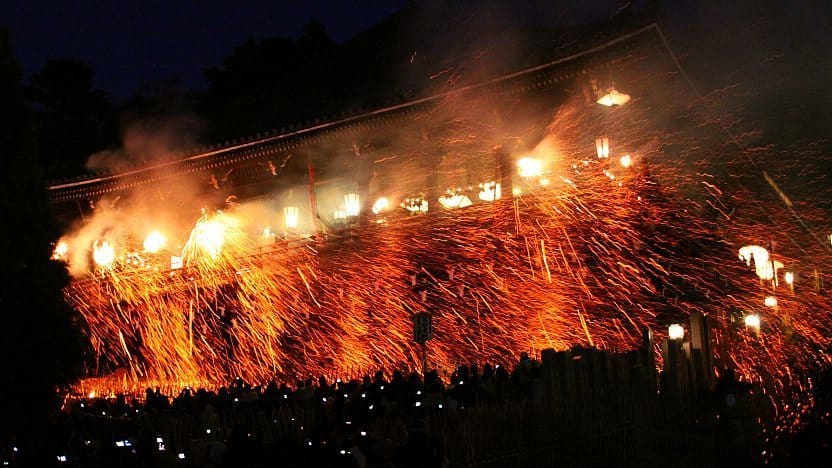
One of Japan’s oldest Buddhist festivals, Omizutori, takes place every March at Todaiji Temple’s Nigatsudo Hall in Nara. This dramatic event has been performed for over 1,250 years and is a must-see for anyone visiting Japan in early March.
The highlight of Omizutori is the fire ceremony, where giant torches—measuring up to 8 metres long—are carried along the temple’s wooden balcony and shower sparks down onto the crowds below. These embers are believed to bring good luck and protection, making this a powerful spiritual event. The fire display happens every night from March 1st to 14th, but March 12th is the most spectacular, with the largest torches and the biggest crowds.
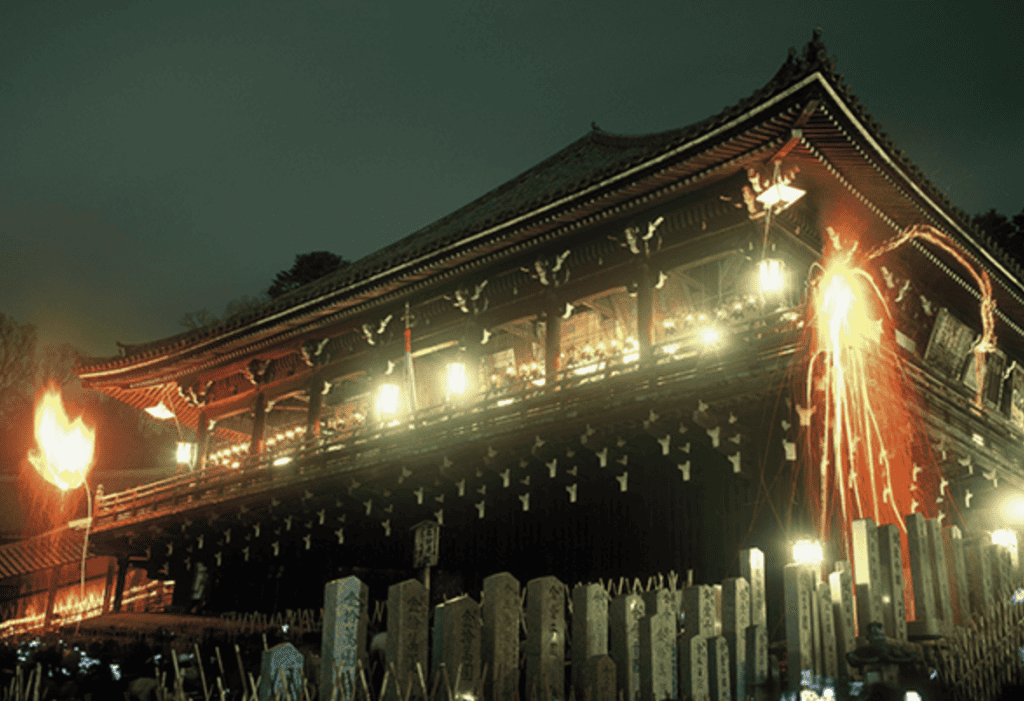
Aside from the fire ritual, Omizutori also includes a sacred water-drawing ceremony, where monks collect water from a well that is said to flow only once a year. This water is considered holy and purifying, and is used in special temple rituals. The combination of fire, water, and centuries-old tradition makes Omizutori one of Japan’s most fascinating cultural experiences.
Since the event takes place at night, it’s best to dress warmly and arrive early to get a good viewing spot. While Nara is famous for its deer and historical sites, March offers a chance to see this city in a whole new light—literally!
March Adventures: Embracing the Change of Seasons
Cherry Blossoms: The Start of Hanami Season
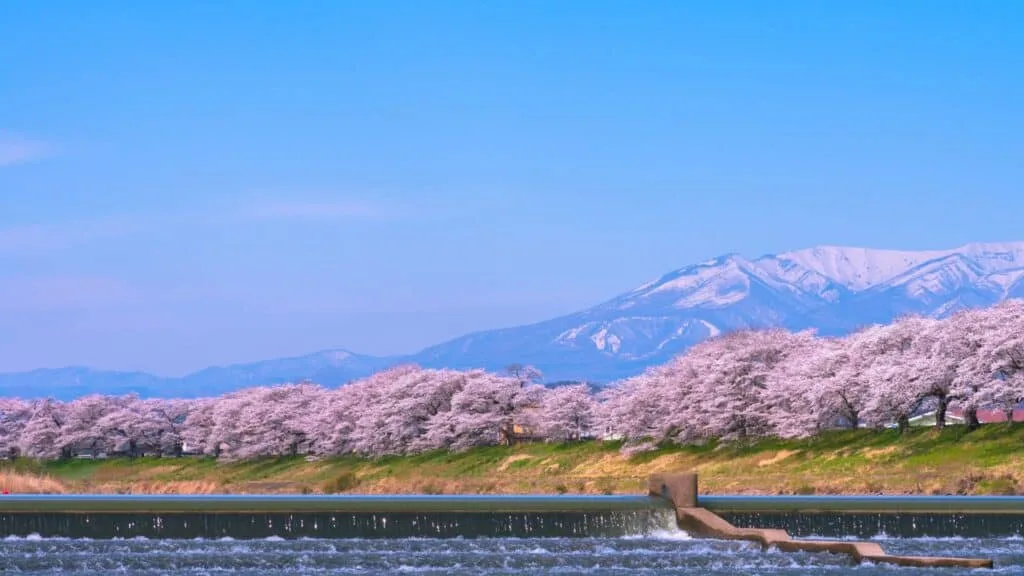
March is when Japan slowly shifts from winter greys to soft pinks as sakura (cherry blossoms) start to bloom. While full bloom usually happens in early April in places like Tokyo and Kyoto, the southern regions—especially Kyushu and Shikoku—begin seeing their first blossoms by mid-to-late March. Parks, riverbanks, and even castle grounds start transforming, drawing locals and visitors alike for the start of hanami (flower viewing).
Unlike the packed cherry blossom gatherings of April, March offers a quieter, more relaxed hanami experience. You can find early-blooming varieties like Kawazu-zakura, which have a deeper pink colour and tend to last a bit longer than the famous Somei Yoshino cherry blossoms.
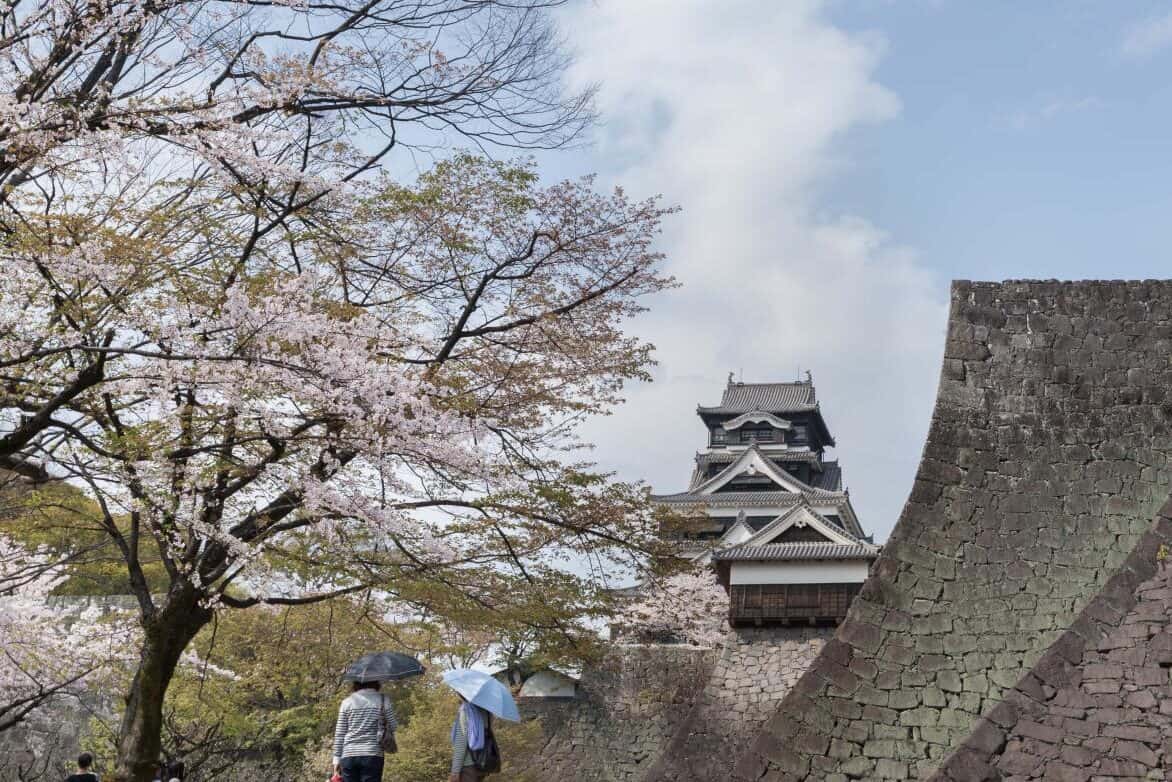
Popular spots like Kumamoto Castle, Maizuru Park in Fukuoka, and Kochi’s riverside parks are great places to catch these early blooms before the peak season crowds arrive.
Many places light up the trees at night, creating a completely different atmosphere. Some temples and parks even hold small local festivals, with food stalls selling grilled snacks and warm sake to enjoy under the blossoms.
Since March still has a bit of a chill in the air, it’s the perfect time to cosy up with a hot drink while taking in the views. It’s a sneak preview of Japan’s most famous season, without the overwhelming crowds.
Onsen Retreats: Soaking in the Last of Winter
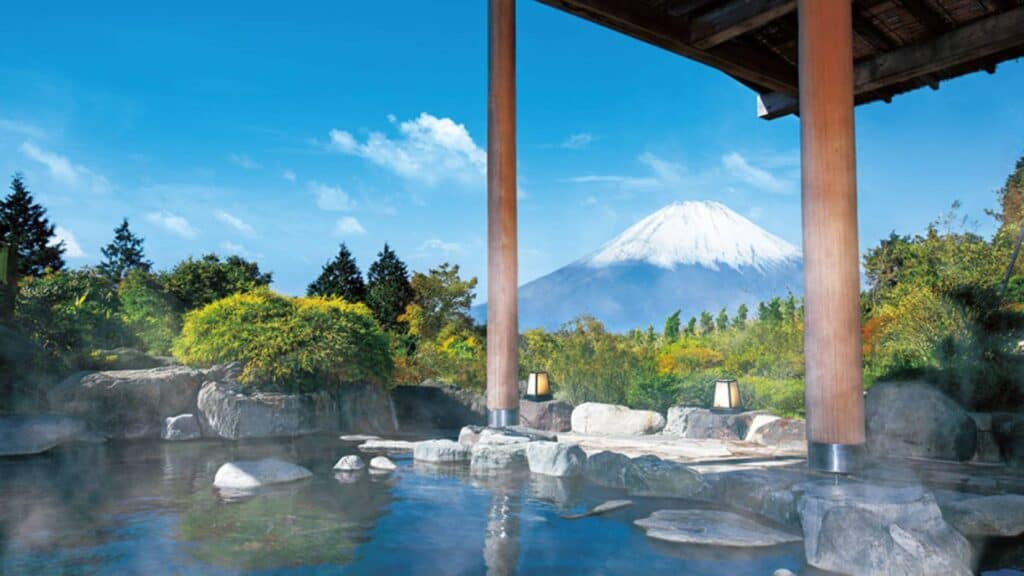
March is one of the best times to visit an onsen (hot spring), as the air is still cool enough to make the experience extra relaxing. While deep winter is the classic time for a steamy hot spring soak, early spring has its own charm—some outdoor baths start getting surrounded by cherry blossoms, making for an unforgettable view.
Kusatsu Onsen in Gunma, Dogo Onsen in Ehime, and Kurokawa Onsen in Kumamoto are some of the best places to experience this perfect mix of seasons.
For those looking for something special, Nyuto Onsen in Akita offers rustic outdoor baths tucked away in the mountains, where you can still see snow clinging to the trees. If you’re in Hakone or Yufuin, you’ll find ryokan (traditional inns) with private rotenburo (open-air baths), perfect for unwinding in peace while enjoying the changing scenery.
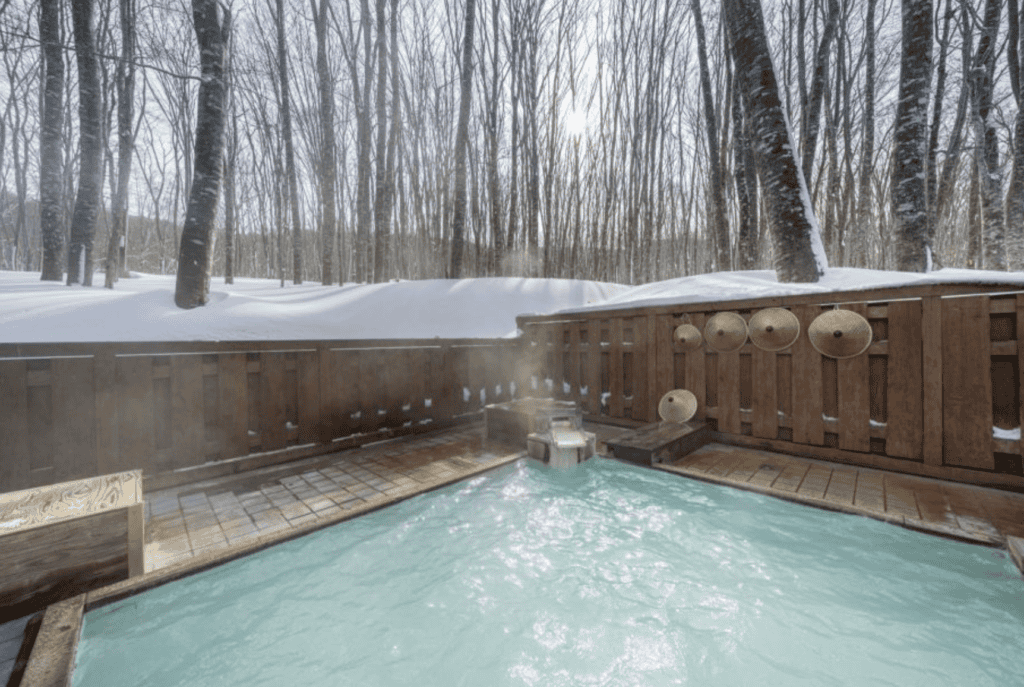
March also brings seasonal spring onsen festivals, where hot spring towns hold lantern-lit night events, cultural performances, and special bath experiences. Some places offer limited-time sakura-infused baths, adding a light floral scent to the water, making it an even more unique experience.
Onsen towns are also home to some of the best local food, so after a long soak, you can enjoy regional delicacies like onsen-steamed eggs or wagyu beef cooked on hot stones.
Outdoor Adventures: The Perfect Weather for Exploring

March is that sweet spot where the weather is mild enough for outdoor adventures but without the extreme summer heat or winter chill. It’s an amazing time for hiking, cycling, and scenic walks, especially in areas that are either still a little snowy or starting to bloom with early spring flowers. Mount Takao near Tokyo, the Nakasendo Trail in Nagano, and the Fuji Five Lakes area are all great places to explore during this time of year.
For those wanting to mix nature with a bit of culture, Kyoto’s Arashiyama Bamboo Forest, Nara Park, and the Philosopher’s Path are still peaceful before the April rush. The famous Fushimi Inari Shrine in Kyoto—known for its thousands of red torii gates—is also much easier to walk through in March, as it isn’t packed with tourists yet.
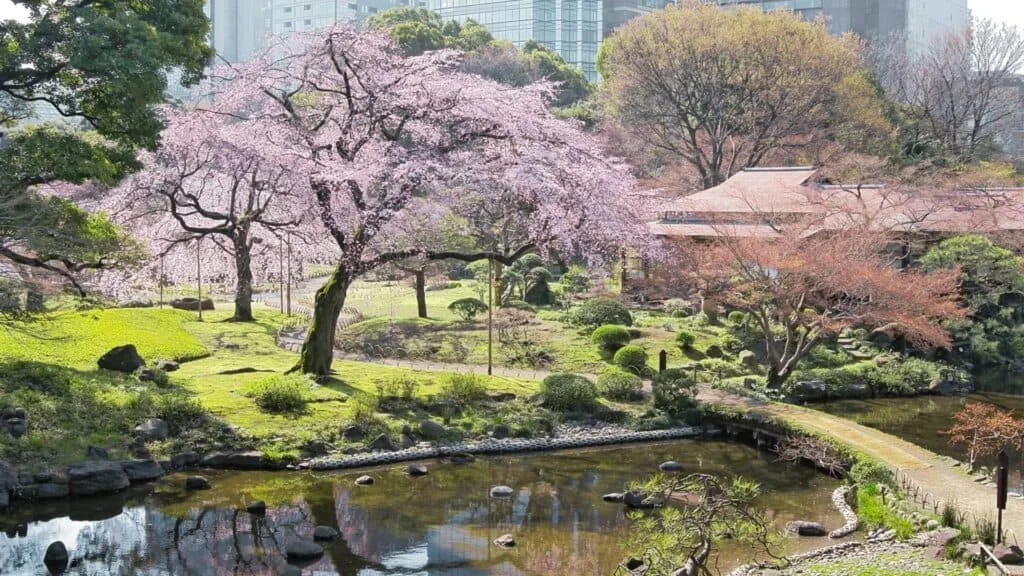
March is also plum blossom season, with places like Kairakuen in Ibaraki and Kitano Tenmangu in Kyoto covered in pink and white blooms. Plum blossoms are just as beautiful as cherry blossoms but often get overlooked. Since they bloom earlier, visiting a plum blossom festival is a great way to experience Japan’s flower season without the major crowds.
This mix of winter’s last breath and spring’s first bloom makes March an underrated time to visit Japan. Cool mornings, sunny afternoons, and fewer tourists mean you can explore comfortably, soak in the changing landscapes, and experience the best of both seasons—all in one trip.
March Cuisine: Fresh Flavours and the Taste of Spring
Sakura Sweets: A Taste of the Season
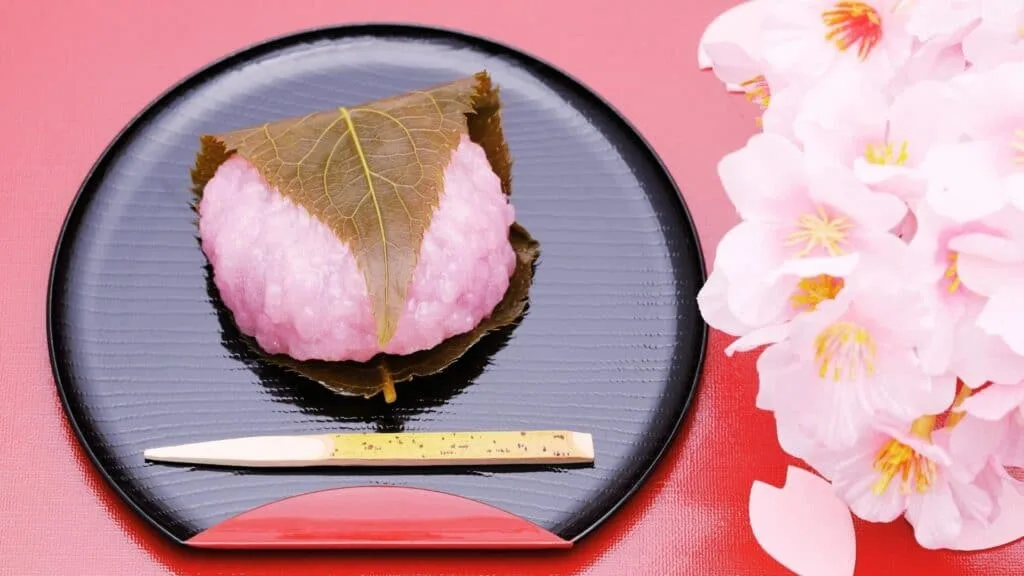
March is when Japan’s obsession with sakura (cherry blossoms) kicks into high gear, and that means one thing—sakura-flavoured sweets everywhere.
Traditional Japanese confections, like sakura mochi, start appearing in stores. This chewy rice cake filled with sweet red bean paste is wrapped in a salted cherry blossom leaf, giving it a unique mix of floral, sweet, and slightly savoury flavours. It’s a staple for Hinamatsuri (Girl’s Day) on March 3rd, but you’ll find it throughout the month as people start gearing up for hanami (flower viewing) season.
Beyond traditional wagashi, modern cafes and bakeries fully embrace the sakura trend. You’ll find sakura lattes, sakura-flavoured macarons, cherry blossom cheesecakes, and even sakura ice cream.

Big chains like Starbucks launch limited-edition sakura drinks, often with pink whipped cream and edible flower decorations. Convenience stores roll out sakura-flavoured chocolates, mochi, and pastries, making it impossible to avoid the cherry blossom craze.
At food festivals and outdoor markets, hanami dango is a must-try. These pastel-coloured skewered rice dumplings—typically pink, white, and green—are a classic snack during flower-viewing season.
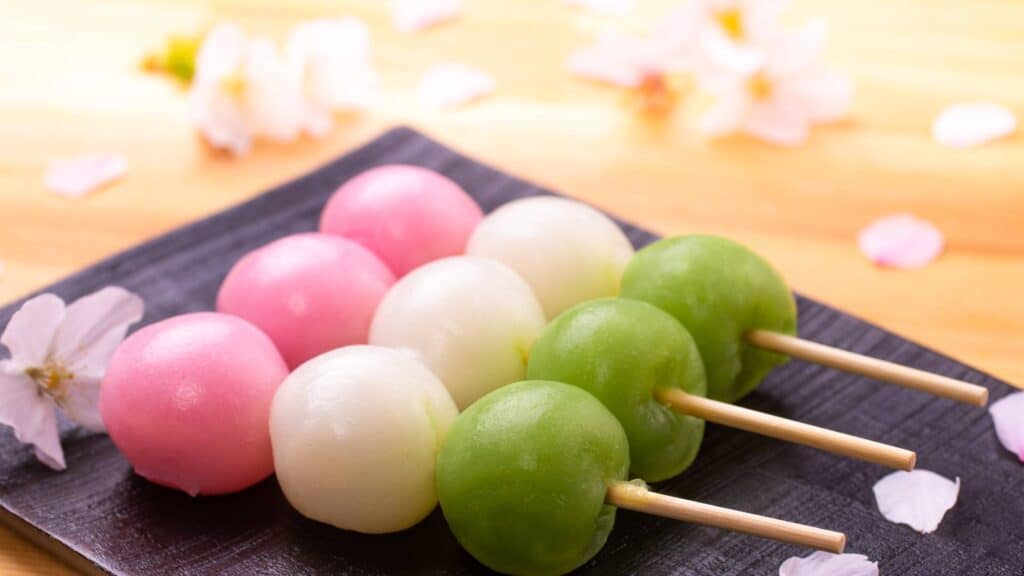
Some vendors even sell sakura taiyaki, a cherry blossom-infused version of the popular fish-shaped pancake filled with red bean or custard. Since these seasonal treats only stick around for a few weeks, trying them in March makes the experience feel extra special.
Sansai: Fresh Mountain Vegetables

As Japan moves into spring, sansai (wild mountain vegetables) start making an appearance. These vegetables, which grow naturally in the mountains, have a slightly bitter, earthy taste that makes them unique.
The most popular varieties include fuki (butterbur), warabi (bracken fern), takenoko (bamboo shoots), and tara no me (angelica tree buds). Since these plants are foraged rather than farmed, eating sansai in March feels like getting the very first taste of spring straight from nature.
Sansai is a key ingredient in kaiseki cuisine (traditional multi-course meals) and is often served simply to highlight its natural flavours. You’ll find it lightly dressed in sesame sauce, sautéed in soy sauce and dashi, or tossed into miso soup.
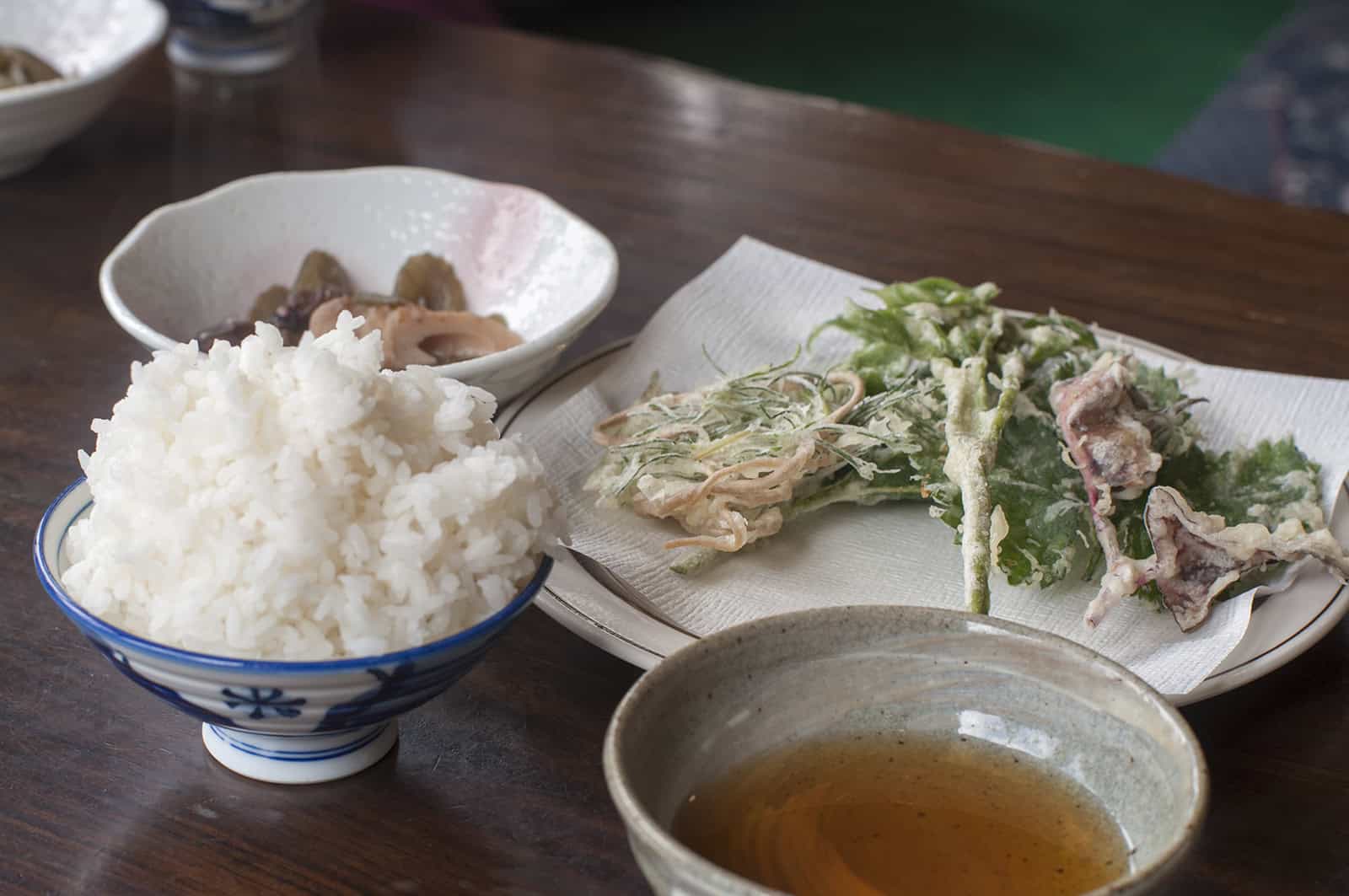
Sansai tempura is another popular way to enjoy these veggies, giving them a crispy, delicate texture that pairs perfectly with a pinch of salt or a side of dipping sauce.
Many regional restaurants and ryokan (traditional inns) serve special seasonal menus in March featuring sansai rice bowls, pickled mountain vegetables, and simmered bamboo shoots.
Some areas even hold small sansai festivals, where local markets sell freshly harvested vegetables for home cooking. Since these plants only grow for a short time each year, March is one of the few months to truly enjoy them at their freshest.
Clam Season: Hamaguri for Good Luck
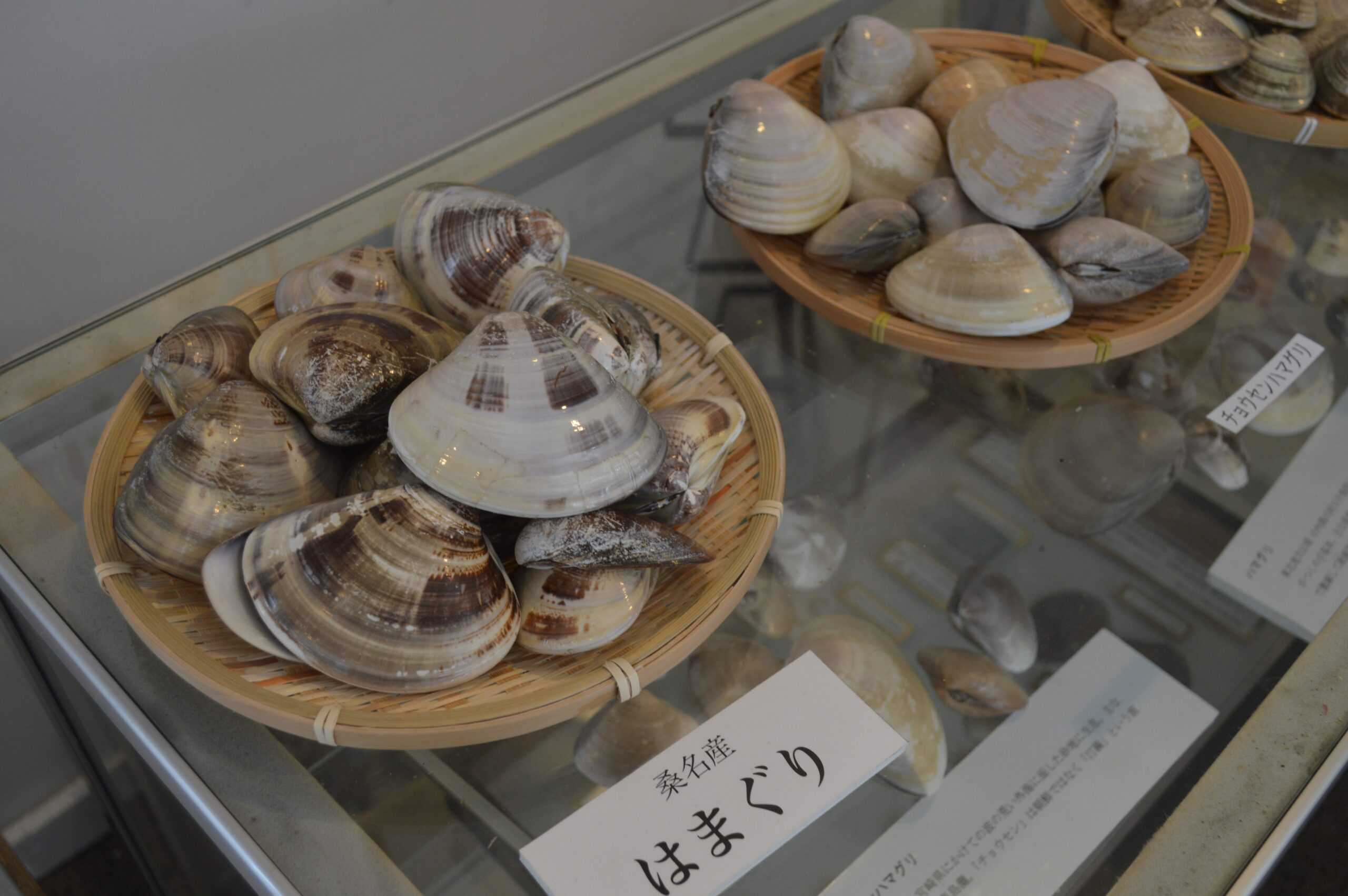
March is peak season for hamaguri (clams), making it a popular ingredient in both home-cooked meals and festival dishes. These plump, meaty clams are often served in a simple, clear hamaguri ushio-jiru (clam soup), a dish that’s traditionally eaten during Hinamatsuri (Girl’s Day) on March 3rd.
The symbolism behind this dish is just as important as its flavour—hamaguri clams are known for their perfectly matched shells, representing harmony and strong relationships.
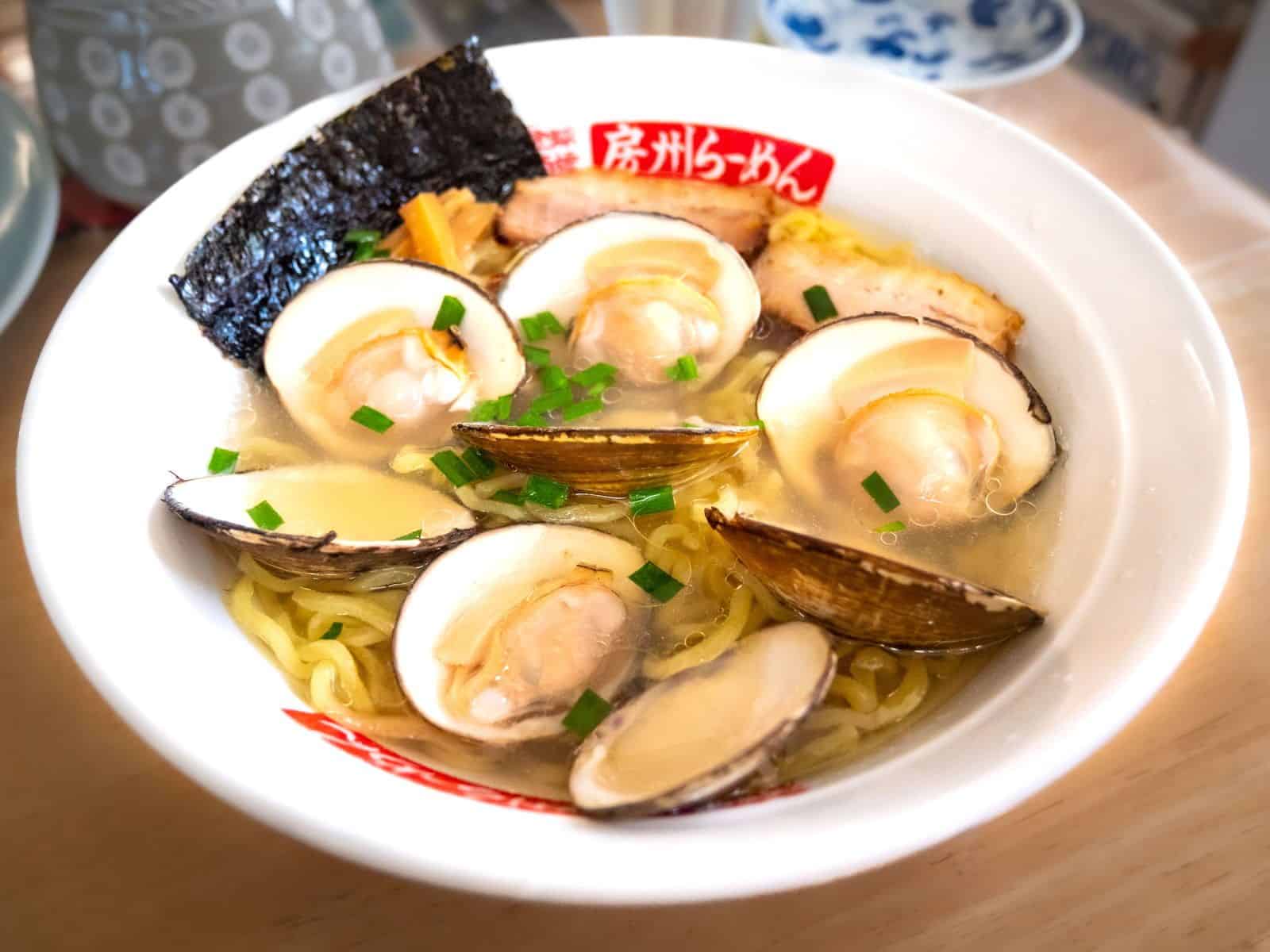
Aside from soup, hamaguri is a common ingredient in steamed rice dishes, miso soup, and grilled seafood platters. When grilled over an open flame, the natural briny sweetness of the clams intensifies, making them a favourite at coastal izakaya and seafood markets. A squeeze of citrus and a light brush of soy sauce is all you need to bring out their rich umami flavour.
If you’re near Chiba or Mie Prefecture, two areas famous for their shellfish, it’s worth seeking out freshly caught hamaguri. Some local seafood markets even offer all-you-can-eat grilled clams, where you can cook them yourself over a charcoal grill.
Since March is when these clams are at their fattest and most flavourful, it’s the best time to enjoy them before they disappear from menus later in the season.
March Weather in Japan: Signs of Spring
Hokkaido: The Last of Winter

March in Hokkaido still feels like winter, but signs of spring slowly start creeping in. Temperatures hover between -5°C and 5°C, meaning it’s still cold, but not as extreme as February. Snowfall becomes less frequent, and the days gradually get longer, making it a great time for outdoor adventures without the biting cold of deep winter.
Ski resorts in Niseko, Furano, and Rusutsu remain open, but slopes are noticeably quieter as peak ski season starts winding down. This is a great month for budget travellers, as prices for accommodations and ski passes begin to drop.
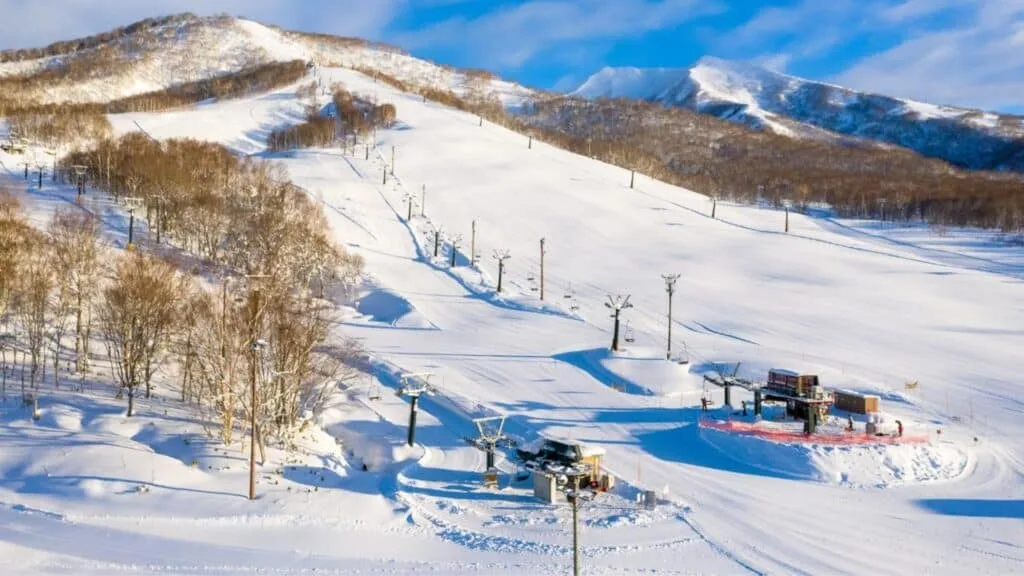
If skiing isn’t your thing, there’s still plenty of winter magic to enjoy—drifting ice tours in Abashiri, snow-covered canals in Otaru, and steaming onsen baths in Noboribetsu offer stunning late-winter experiences.
Packing for Hokkaido in March still means bringing heavy winter gear, especially if you plan on spending time in the mountains or rural areas where snow lingers. However, in cities like Sapporo, you might be able to ditch the thermals on sunny days as temperatures begin to rise.
Tohoku: A Blend of Snow and Spring

March in Tohoku is a mix of winter’s last breath and the first hints of spring, depending on where you go. Temperatures range from -2°C to 10°C, with snow still blanketing the higher elevations, while lower areas begin to thaw.
Places like Ginzan Onsen and Zao Onsen remain picturesque winter escapes, with hot springs and snowy landscapes creating a cozy, peaceful atmosphere.
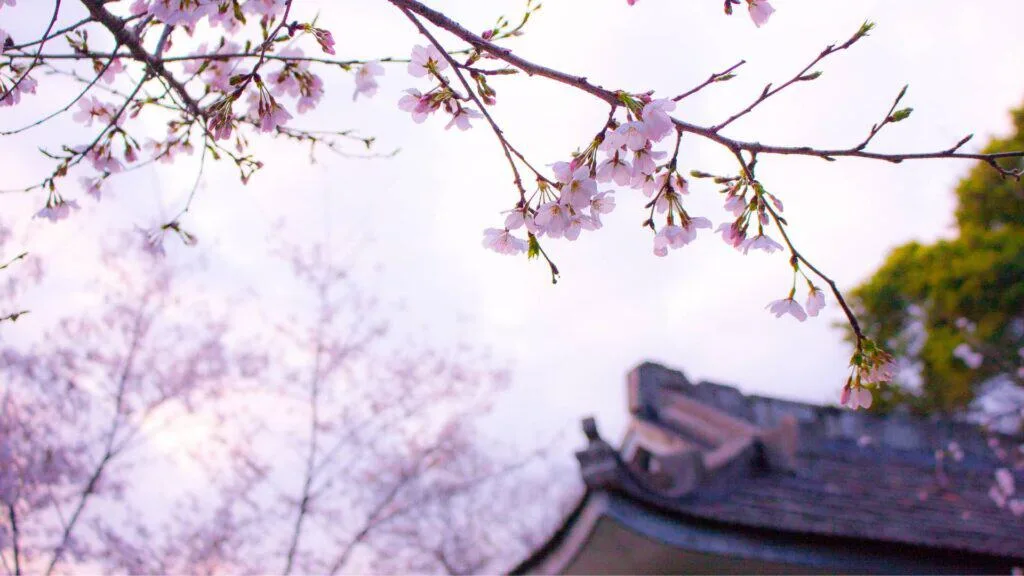
Meanwhile, in coastal cities like Sendai and Aomori, plum blossoms start blooming towards the end of the month, hinting at the warmer days ahead. By mid-to-late March, you might even spot early cherry blossoms in some areas, making Tohoku a great destination for those who love both snowy scenery and spring flowers.
Since March is unpredictable, layering is key when dressing for Tohoku. Some days still feel like full winter, while others are pleasantly mild, especially in the afternoons. Waterproof shoes are a good idea too, as melting snow can make roads slushy in some towns.
Tokyo and Kyoto: Crisp Mornings, Warm Afternoons
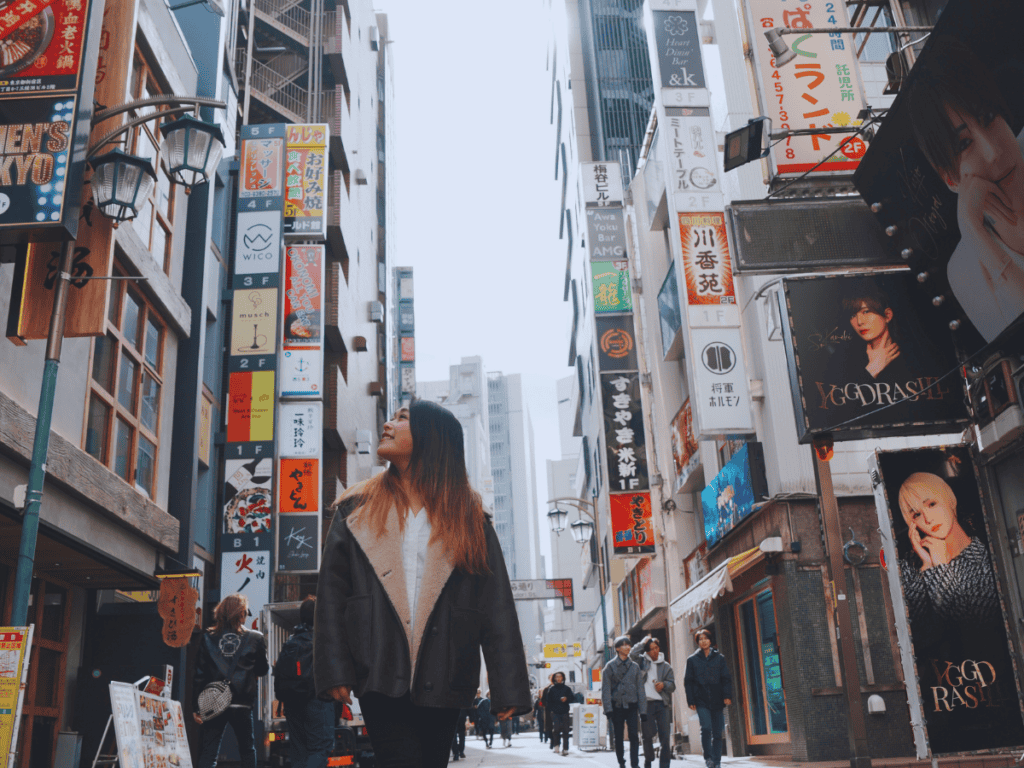
March is one of the best months to explore Tokyo and Kyoto, with temperatures ranging from 5°C to 16°C. Mornings can still be chilly, but afternoons are pleasantly mild, making it perfect for sightseeing, outdoor walks, and the start of hanami (cherry blossom viewing) season.
Tokyo sees plum blossoms in full bloom by early March, and towards the end of the month, cherry blossoms start popping up in places like Ueno Park, Shinjuku Gyoen, and along the Meguro River. Kyoto follows a similar pattern, with the famous Philosopher’s Path and Maruyama Park becoming hotspots for early bloom watchers.
![Where to go in spring in Japan Togetsu Bridge [Kyoto Prefecture]](https://flipjapanguide.com/wp-content/uploads/2022/02/Where-to-go-in-spring-in-Japan-Togetsu-Bridge-Kyoto-Prefecture-1024x576.jpg.webp)
Packing for Tokyo and Kyoto in March is all about layers—a light jacket or sweater is enough for the afternoons, but you’ll want something warmer in the evenings when temperatures drop. Rain showers become more frequent, especially towards the end of the month, so carrying a small umbrella or raincoat is a good idea.
Okinawa: Warm Days, Beach Vibes

March in Okinawa feels like early summer compared to the rest of Japan, with temperatures ranging from 17°C to 22°C. While it’s not peak beach season yet, it’s warm enough to enjoy the coastline, take boat tours, and even go snorkelling or diving on sunny days.
The weather is generally mild and dry, making it a great time to visit Ishigaki, Miyako, and the Kerama Islands without the crowds of summer.
One of the biggest draws of Okinawa in March is the early cherry blossom season—since the islands have a tropical climate, sakura trees bloom here much earlier than in mainland Japan. By early March, Okinawa’s northern areas and castle ruins, like Nakijin Castle, are already covered in bright pink blossoms, giving visitors a completely different hanami experience.

If you’re heading to Okinawa, light clothing is fine for the daytime, but bringing a light jacket or hoodie is recommended for the evenings, when the ocean breeze makes it feel cooler. March is also less humid than summer, making it one of the most comfortable months to explore the islands.
March in Japan: A Gentle Step Into Spring
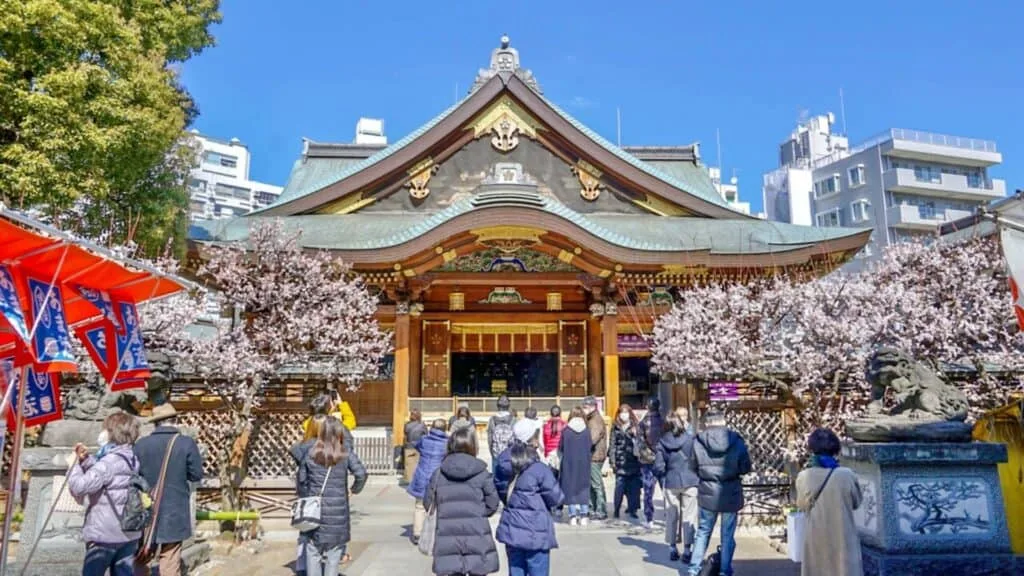
March is one of the most exciting times to be in Japan. The country is shifting from winter’s quiet beauty to the vibrant energy of spring, bringing festivals, fresh flavours, and the first bursts of cherry blossoms.
The mix of seasonal traditions and nature’s transformation makes March a special time to explore. From the delicate hina dolls of Hinamatsuri to the roaring flames of Omizutori, ancient customs come alive in a way that feels both powerful and peaceful.
Sakura-themed treats fill cafes, seafood is at its freshest, and mountain vegetables bring the first real taste of spring. Everywhere you go, there’s a sense of excitement—a world waking up after winter’s quiet.







